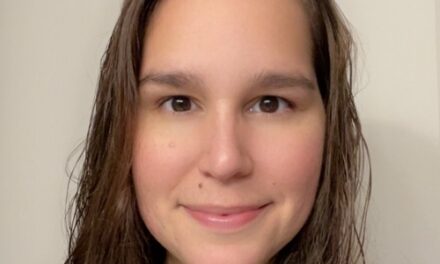Nova Southeastern University (NSU) is the 6th largest not-for-profit private university in the United States. Our main campus in Ft. Lauderdale, Fl is home to the only baccalaureate nursing program (BSN) in Broward County. NSU started its BSN program in January 2003 with 45 students and only five years later we have over 700 students in four degree programs in three separate campus and online. One of our programs is a pre-licensure program where students take nursing courses and after graduation, are eligible to sit for the National Council Licensure Examination (NCLEX) to practice as a registered nurse.
Nursing schools turned away 42,866 qualified nursing applicants in 2006 due to insufficient faculty, clinical placement sites, and classroom space. If nursing education does not find new ways to prepare nurses to care for the changing health care needs of the patients, then the primary caregivers in the health care system will be ill-prepared and patient outcomes will be sacrificed. One change in nursing education designed to meet this challenge has been the introduction of high fidelity human patient simulators (HFHPS) into nursing curricula.

High fidelity human patient simulators are full body computer controlled mannequins that simulate the real life experiences and situations that are considered too high risk for a novice nurse to engage in. High fidelity human patient simulators simulate a variety of physiological (e.g., heart and breath sounds, and peripheral pulses) and pharmacological variables allowing students to solve real healthcare problems in the safety of the classroom while doing no harm to real patients. Simulation experiences provide the nursing student with the opportunity to play the role of the nurse in a rapidly changing patient situation instead of calling the nurse when there are patient status changes.
With the monetary, physical, and faculty constraints on health care, how to educate and train nurses while maintaining and sustaining safe clinical care is of great concern. Adding simulation to healthcare education is a teaching learning strategy to help address these concerns. The nursing department at NSU is meeting this challenge by integrating HFHPS in our nursing curricula. We have a new, state of the art, nursing simulation center with three simulation rooms. Nursing students are now allowed to experience the role of the registered nurse without putting real patients at risk.
Simulation has an impressive track record and has been utilized extensively in aviation, defense, maritime, and the nuclear energy industries. Simulation, as a strategy for learning, creates an environment whereby the learner is engaged in activities that reflect real-life conditions without the risk or consequence of harm. High fidelity simulation allows for realism such that students can immerse themselves in the scenario and let go of their doubts. The students feel they are living and experiencing the situation or scenario as it would play in real-time and in real life. Although simulation does not replace the need for learning in the clinical setting, it does complement other teaching and learning approaches in preparing students for their role as registered nurses.
HFHPS allows for flexible curricula, can be used anytime, and is not dependent on patients being admitted to the hospital. With the acuity of patients on the rise and shorter hospital stays, healthcare providers need to have the skills to intervene on patients with illnesses and injuries they may never have actually seen or cared for in nursing school. The simulators can help meet the needs of nursing education without being dependent upon clinical sites, nurses to mentor students, or patients admitted to hospitals or other clinical settings. NSU is proud to be on the cutting edge of nursing education that will meet the needs of health care for today and tomorrow.
Post Views: 880



























